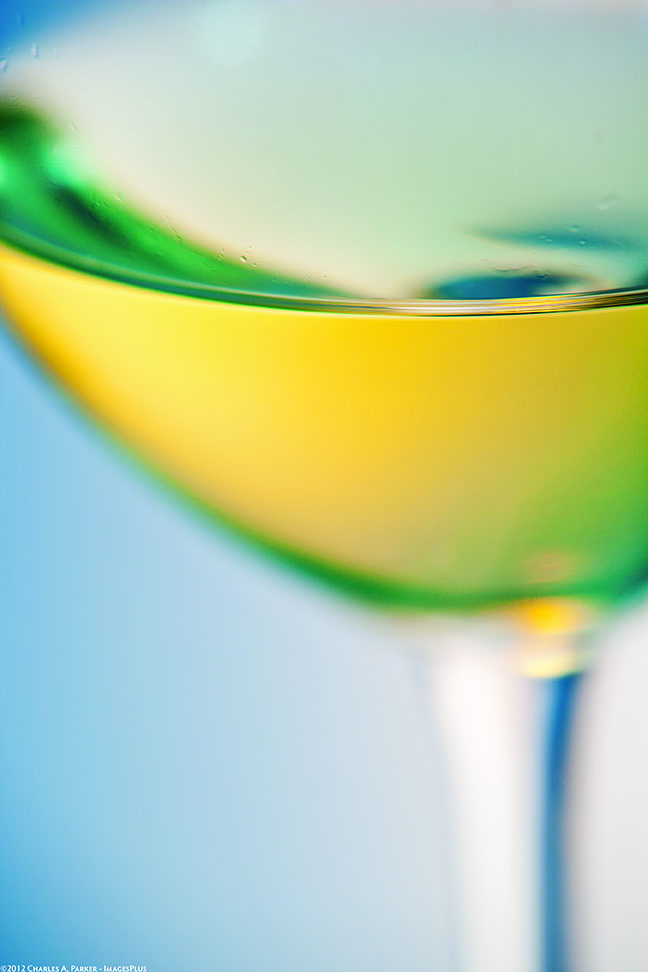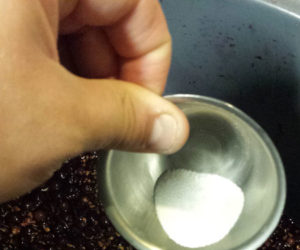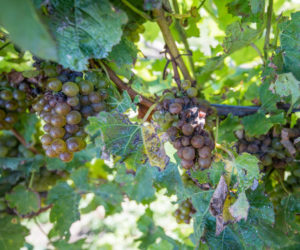 A beautifully crafted white wine is a thing of beauty. If done well, a winemaker can be drinking a very nice example 8 months after harvest, plenty enough to be sipping one on a warm summer evening the following year. The following are some elements every winemaker should consider when making white wines, both kit and fresh- grape winemakers. No matter what, before you even head to the store or vineyard to pick up ingredients/grapes for your wine, you’ll want to have a game plan in place. How do you envision this wine to taste when you pop a bottle a year or two from today? Do you envision it to be aromatic with a full mouthfeel and balanced sweetness with acidity, or do you see a summer patio wine that is light-bodied with a sweet finish?
A beautifully crafted white wine is a thing of beauty. If done well, a winemaker can be drinking a very nice example 8 months after harvest, plenty enough to be sipping one on a warm summer evening the following year. The following are some elements every winemaker should consider when making white wines, both kit and fresh- grape winemakers. No matter what, before you even head to the store or vineyard to pick up ingredients/grapes for your wine, you’ll want to have a game plan in place. How do you envision this wine to taste when you pop a bottle a year or two from today? Do you envision it to be aromatic with a full mouthfeel and balanced sweetness with acidity, or do you see a summer patio wine that is light-bodied with a sweet finish?
Yeast choice’
The first major decision you need to make after you select your juice/grape source is to select yeast suitable to reach your goal. The challenge is that there are a lot of strains to choose from. Lallemand and Red Star are the two main dry yeast companies, but there are plenty of other companies for winemakers to choose from such as Renaissance, Wyeast, Vintner’s Harvest, White Labs, and Anchor Alchemy, to name a few. For white wines, some keys to look at are the temperature ranges, the ester production, and the thiols. For varietals that you want to really enhance the floral aromatics such as Riesling, Chardonnay, or Pinot Grigio; you may look for an ester-enhancing strain. For a more tropical fruit characteristic found in certain Sauvignon Blancs and Chenin Blancs, you may look for a thiol-enhancing yeast strain. No matter what, you will want to choose a strain that can handle cooler fermentation temperatures.
Fermentation Temperature Control
White wines want to be fermented cool, often in the range of 55–65 °F (13–18 °C), so temperature control can be difficult in warmer climates. If you are located in a cooler climate, then you are all set, but for those that aren’t, there are several options. First up is the swamp cooler method. Placing a carboy of fermenting juice in a tub of water with wet towels or t-shirts draped around the fermenter and a fan blowing on the setup. Evaporative cooling will allow the temperature to stay lower than ambient temperature. Often ice blocks will be added to the water if additional cooling is needed, especially in more humid climates. A dedicated refrigerator with a temperature control over-ride system is a second option that is easy and fairly cost-effective. This is a good option for smaller-batch winemakers. Finally, building an enclosed fermentation chamber cooled by an air-conditioner is another great option, but time and money is required to build the structure.
Acidity considerations
Acidity of white wines is often higher than those found in reds — this translates to a lower pH. This is can be a blessing as the lower pH of the juice helps protect it from spoilage organisms and reduces sulfite requirements. The titratable acidity (TA) of a wine is what provides that acidic snap on the tongue, but go too high with acidity, and it can overwhelm the yeast, causing off-flavors and stuck fermentations. Too little and the wine ends up feeling flat (almost insipid) on the tongue.
Paper pH strips are a good beginner’s tool to measure pH, but they are not precise enough to do all the jobs a pH meter can help with. TA can be measured using a basic TA kit, which can be found at a reasonable cost online. Winemakers generally want their white wines’ pH in the range of 3.2–3.5 to provide enough acidity without being overloaded. TA in white wines should be in the 7–9 g/L range. Winemakers can add tartaric acid if the pH is too high or TA too low and potassium carbonate if the pH is too low or TA too high. Both are added at approximately 1 g/L to raise or lower the juice by 0.1 pH and 1 g/L TA. Whenever possible, additions should be made prior to the start of fermentation. Unfortunately, due to the complex nature of wine juice, these are just guidelines and adjustments don’t always perform as expected.
Other Considerations
To take your white wine to the next level, consider these other controls: Back sweetening, tannins, malolactic fermentation, and aging. Back sweetening a wine allows winemakers to control the residual sugar of the wine, placing it in dry, off-dry, semi-sweet, medium-sweet, or very sweet categories. Sugar is added prior to bottling, but special steps need to be employed to ensure yeast don’t become active again. For more on this, see the August-September 2014 issue for “Back Sweetening Wine Techniques”.
There are also tannin products derived from oak gallnuts added prior to or during fermentation, which can affect mouthfeel and/or add some aromatic components as well. See Bob Peak’s “Techniques” article “Using Tannins” found in the the October-November 2018 issue for more on this topic.
Secondary malolactic fermentation reduces both the acidity of the wine and the overall fruitiness that the wine displays. In general, malolactic fermentation is not performed on white wines with the notable exception of Burgundy-styled Chardonnay wines. For more on this topic, see the October-November 2014 issue for “Malolactic Fermentation For Beginners”.
Finally, aging is a consideration winemakers need to decide on. A Burgundy-styled Chardonnay will age longer than a Sauvignon Blanc, but generally for whites, 4–6 months bulk aging to clarify, then 4–6 weeks post-bottling is a good guideline. Starting at harvest time, you can be drinking this wine by late spring!






